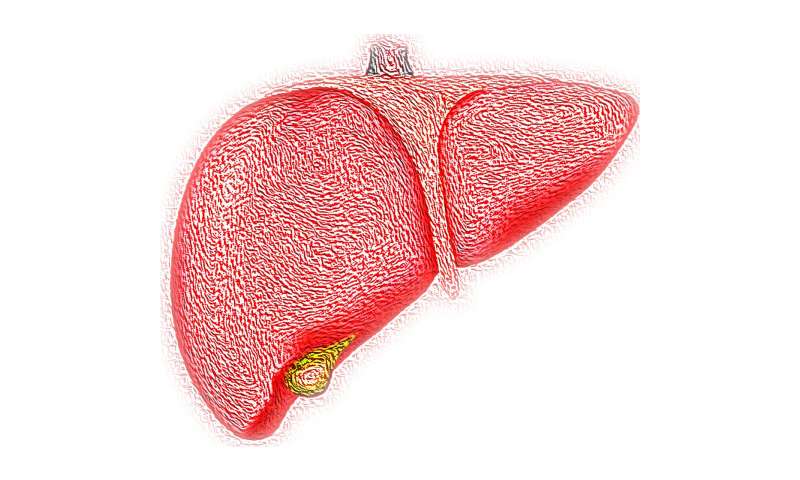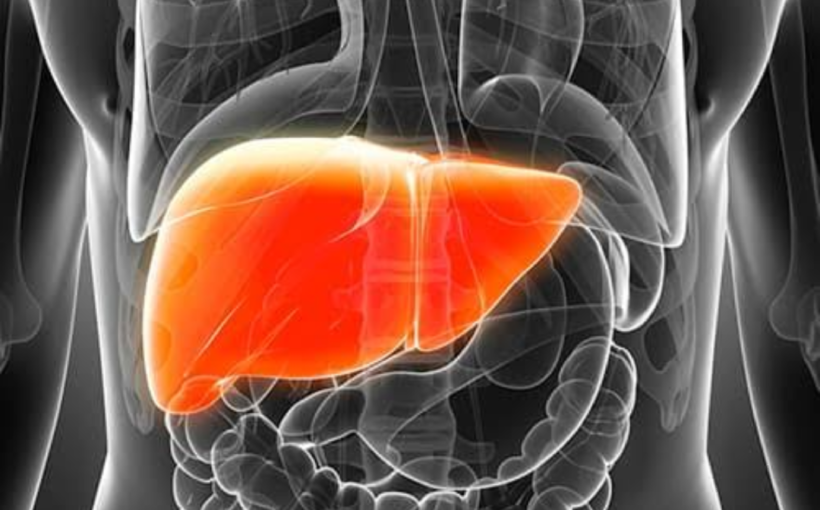
Fatty liver disease not associated with alcohol consumption, which is called Nonalcoholic Fatty Liver Disease or NAFLD, affects more than one billion people worldwide. Even in children the numbers are overwhelming, with up to 80 percent of pediatric patients who are considered obese affected worldwide. People with NAFLD can progress to a severe form known as nonalcoholic steatohepatitis (NASH), which puts patients at higher risk for cirrhosis or liver cancer.
With no definitive treatment options or early detection methods yet discovered, researchers have been hard at work to identify early biomarkers of this disease. “This becomes also especially important in the context of diabetes because individuals with Type 2 diabetes are much more susceptible to this disease,” says Rohit N. Kulkarni, MD, Ph.D., Section Head, Senior Investigator, Islet Cell and Regenerative Biology, Joslin Diabetes Center, and Professor of Medicine, Harvard Medical School.
But recent research from Dr. Kulkarni’s lab at Joslin has uncovered a biomarker in humans tied to the development of NAFLD that might help doctors detect early stages of the disease. The researchers also determined that this biomarker, a protein known as “neuronal regeneration related protein” (or NREP), plays a significant role in the regulation of a pathway that is currently being reviewed in clinical trials as a treatment option for the disease. The study was published today in Journal of Clinical Investigation.
“We identified NREP as a new biomarker for NAFLD that is involved in the regulation of liver fat metabolism and in a process called fibrosis that occurs during the progression of the fatty liver disease that may lead to cirrhosis and liver cancer” says Dario F. De Jesus, MSc, Ph.D., a postdoctoral research fellow in the Kulkarni Lab at Joslin and lead author on the study.
Previous studies had indicated genetics played a large role in who got NAFLD. But other evidence suggests that environmental factors such as the parental health status are also at play. “One of the causative factors that has been suggested is the parental influence in the offspring, in the sense that if either the mother or the father [or particularly both] has metabolic syndrome (a medical condition associated with obesity, high blood glucose, high cholesterol, and elevated insulin levels) then the chances of the offspring developing this disease is greater,” says Dr. Kulkarni.
Dr. Kulkarni’s research team and collaborators tested this hypothesis first in animal models in their recently published study. They used two groups of mice; one group had a genetic modification to have the markers of metabolic syndrome. Another group was not genetically modified. They studied the offspring from these groups in three different categories: either one of the parents had metabolic syndrome, both parents did, or neither did. Then they selected genetically normal offspring from each of these parents and fed them either a normal diet or a high caloric diet rich in fat to mimic obesity, and monitored their development.
“When the offspring were fed a normal diet, they did not experience much change in body fat percentage. But when the offspring [of parent groups affected by metabolic syndrome] were fed a slightly high fat diet, their body fat content went up dramatically in comparison with the offspring of the healthy parents,” says Dr. Kulkarni.
When they looked in more depth at where the body fat accumulated, they saw a striking increase of fat in the liver. These offspring also had increased cholesterol and triglycerides in the liver.
They took a deep dive into the genetic pathways that were active in the healthy offspring versus the offspring that developed NAFLD. They noticed the protein NREP was reduced in the unhealthy offspring. This was the first time NREP was linked to liver metabolism. They then either increased (e.g. overexpressed) or decreased (e.g. knocked down) NREP in culture dishes to study this newly discovered function.
“When we decreased NREP levels in human liver cells, the cholesterol pathway and markers associated with the development of fibrosis went up resembling what happens during the progression of NAFLD” says Dr. Kulkarni.
They wanted to see if this association of lower levels of NREP with NAFLD was also true in humans. They collaborated with researchers in Finland who had a large database of information from patients in various stages of the liver disease to better understand the correlation with NREP levels.
“We detected this protein really clearly and we could show a pattern that tracks the progression of the disease. So, this is really exciting,” says Dr. Kulkarni. In other words—as soon as NAFLD started, NREP circulating levels got lower, suggesting NREP is an early biomarker of NAFLD.
In this study, they also showed that NREP modulates a protein called ATP citrate lyase (or ACLY). ACLY is actively being investigated in clinical trials as a possible treatment for NAFLD. This means that the discovery of NREP’s role in NAFLD not only yields a useful biomarker for tracking disease course, it can also help further the development of a treatment.
As a follow-up, they plan to specifically track the pathways by which parental metabolic syndrome modifies how NREP is expressed in offspring. But for now, they have a valuable biomarker to track NAFLD in the general population.
“We can really begin to consider, in the clinic, using this protein as a biomarker to identify those individuals in that risk window. We can also track those who already have low NREP but don’t have the disease, with the assumption that when it is low, then they’re much more susceptible and should be followed up very carefully,” says Dr. Kulkarni. “That gives an important perspective for extra, personalized care.”
Joslin Diabetes Center


